Fit for a (very small) queen — a dolls' house with running water, electricity and working lifts
Queen Mary's Dolls' House celebrates its 100th anniversary with a brand new exhibition and a reimagined display at Windsor Castle.
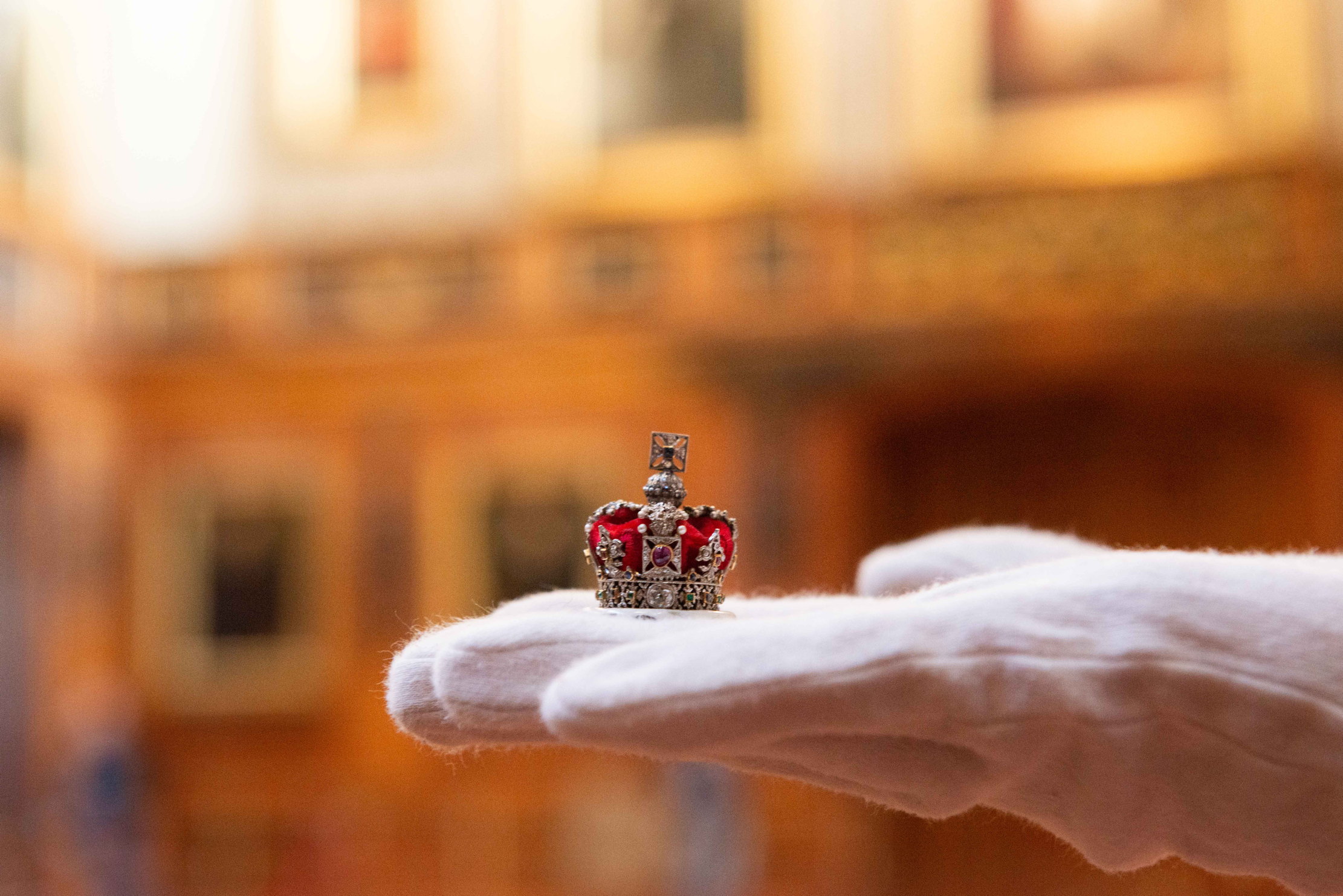

As well as Lindisfarne Castle, Country Life’s former offices on Tavistock Street, London WC2, and numerous country houses in the Home Counties, Sir Edwin Lutyens is known for designing a miniature, four-storey Palladian villa given by the nation to Queen Mary in 1924. This year, the Royal Collection Trust celebrates the 100th anniversary of Queen Mary’s Dolls’ House with a reimagined display at Windsor Castle, which opened last week.
This extraordinary 1:12 scale replica of an Edwardian residence, complete with electricity, working lifts and running water, is not for children, but was designed as a showcase for the works of some 1,500 artists and crafts-people of the day. As such, there are Purdey shotguns, newspapers, wine resting in the cellar and the King’s red-leather dispatch box. Some 700 artists provided miniature works, such as paintings by Paul Nash and Tom Mostyn, a caricature by H. M. Bateman, fairy-tale murals in the Day Nursery by Edmund Dulac and female nudes on the ceiling of the King’s Wardrobe by Wilfrid de Gelhn.
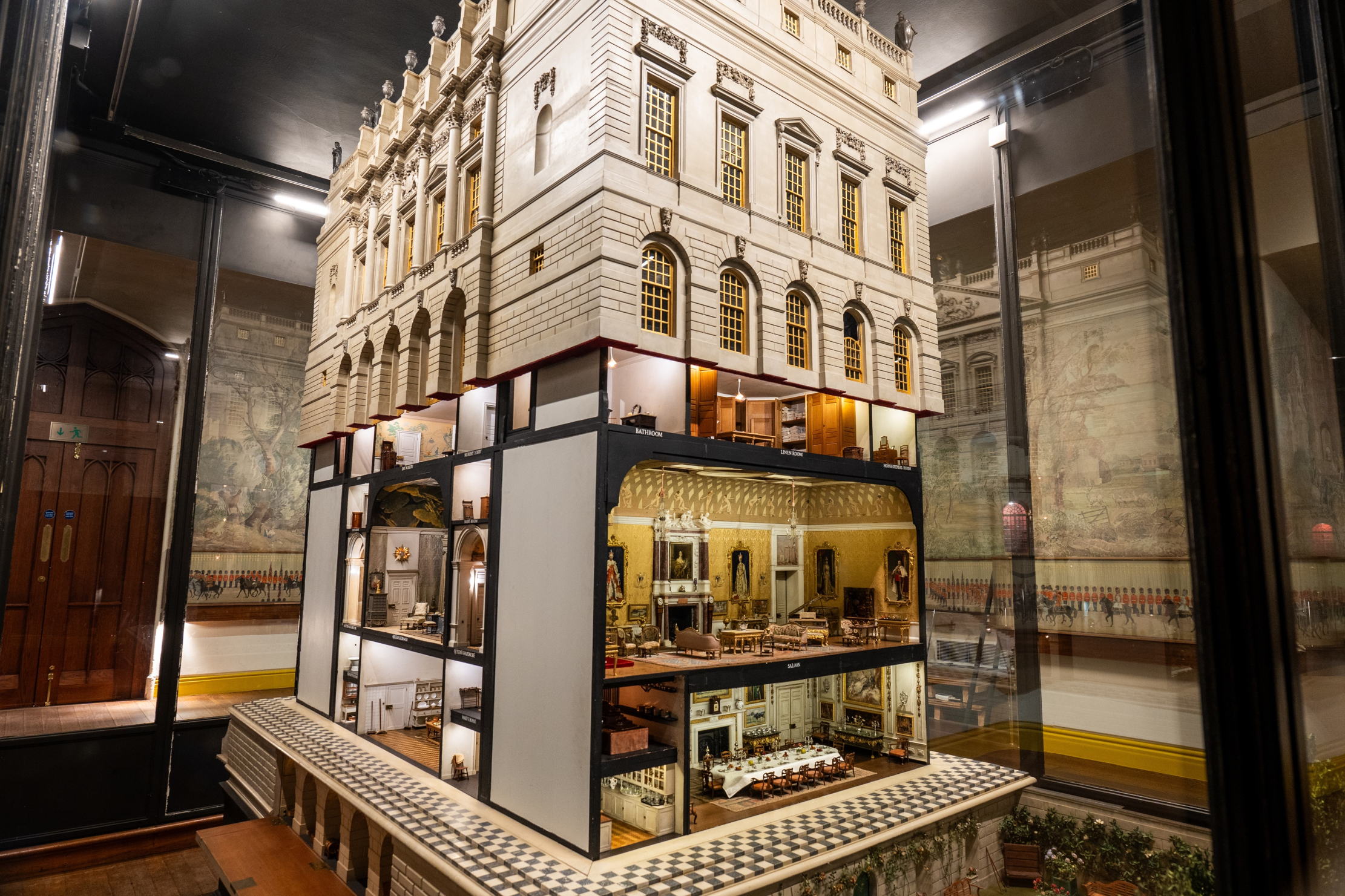
About 50 pieces of music were composed — with tiny original scores signed and forever unpublished, bound in leather — by the likes of Holst and Delius (Elgar refused). There are Louis XV petit-point embroidered chairs and sofas in the Saloon, a silver service for 18 in the butler’s Strong Room and a real sewing machine, with thread and tiny scissors, in the servants’ quarters. The list goes on.
Many items that are usually inside the house have been redisplayed in the Waterloo Chamber, such as a tiny, fully functioning, concert grand piano and miniature Crown Jewels inset with real diamonds, rubies, sapphires, emeralds and seed pearls; much has been restored and the house has been filled with tiny plants and flowers.
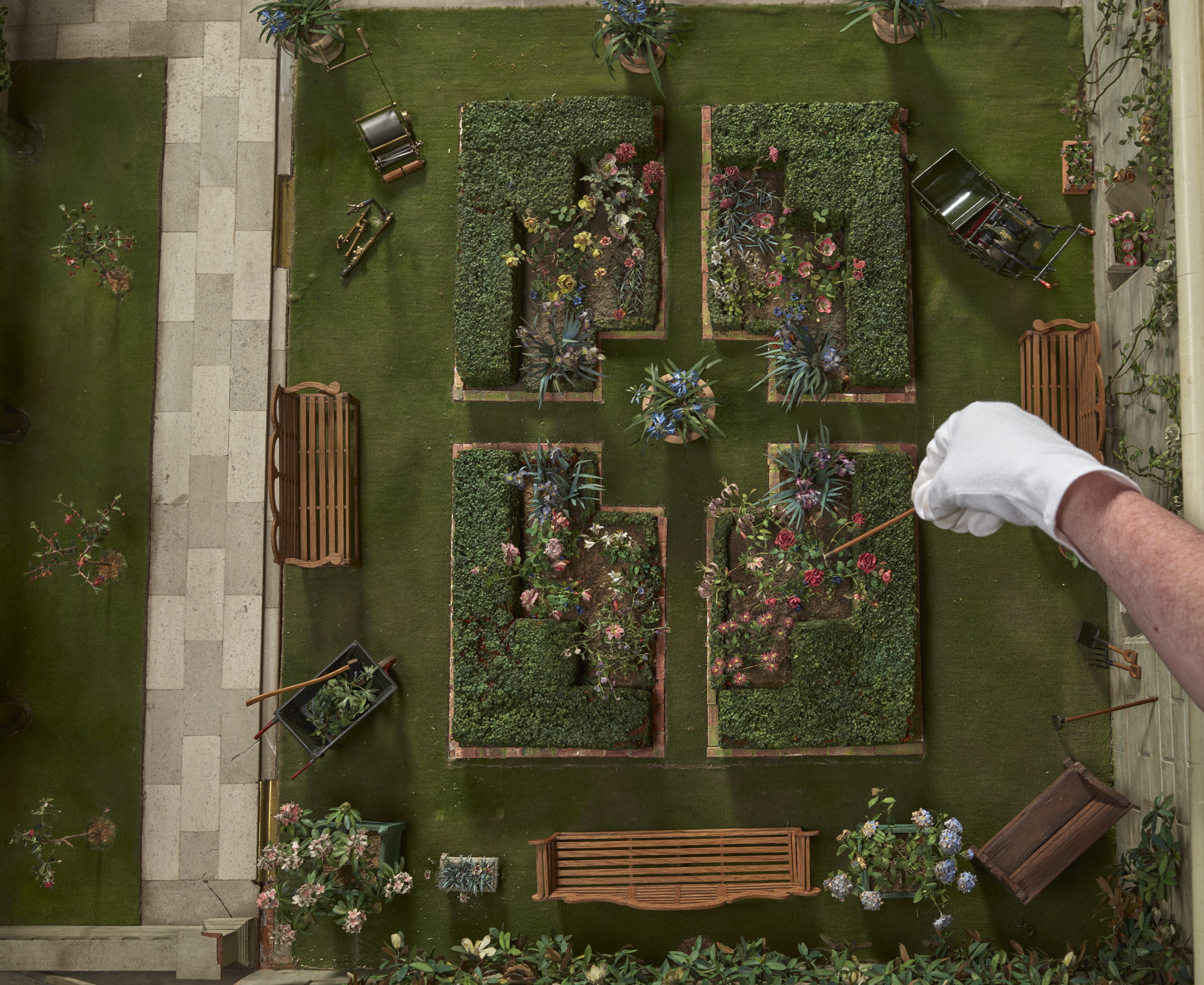
Online, a new ‘doll’s-eye-view’ film can be seen, allowing in-depth exploration of various rooms, and a book, The Miniature Library of Queen Mary’s Dolls’ House by Elizabeth Clark Ashby, details the creation of the walnut-panelled Library, where a copy of Country Life reclines. This splendid room houses original works from the 1920s’ literary best, including Sir Arthur Conan Doyle, Vita Sackville-West, A. A. Milne, J. M. Barrie and Thomas Hardy (Virginia Woolf and George Bernard Shaw refused to contribute) and some excerpts are published for the first time. The book is available now from Royal Collection Trust shops and from other sellers in February.
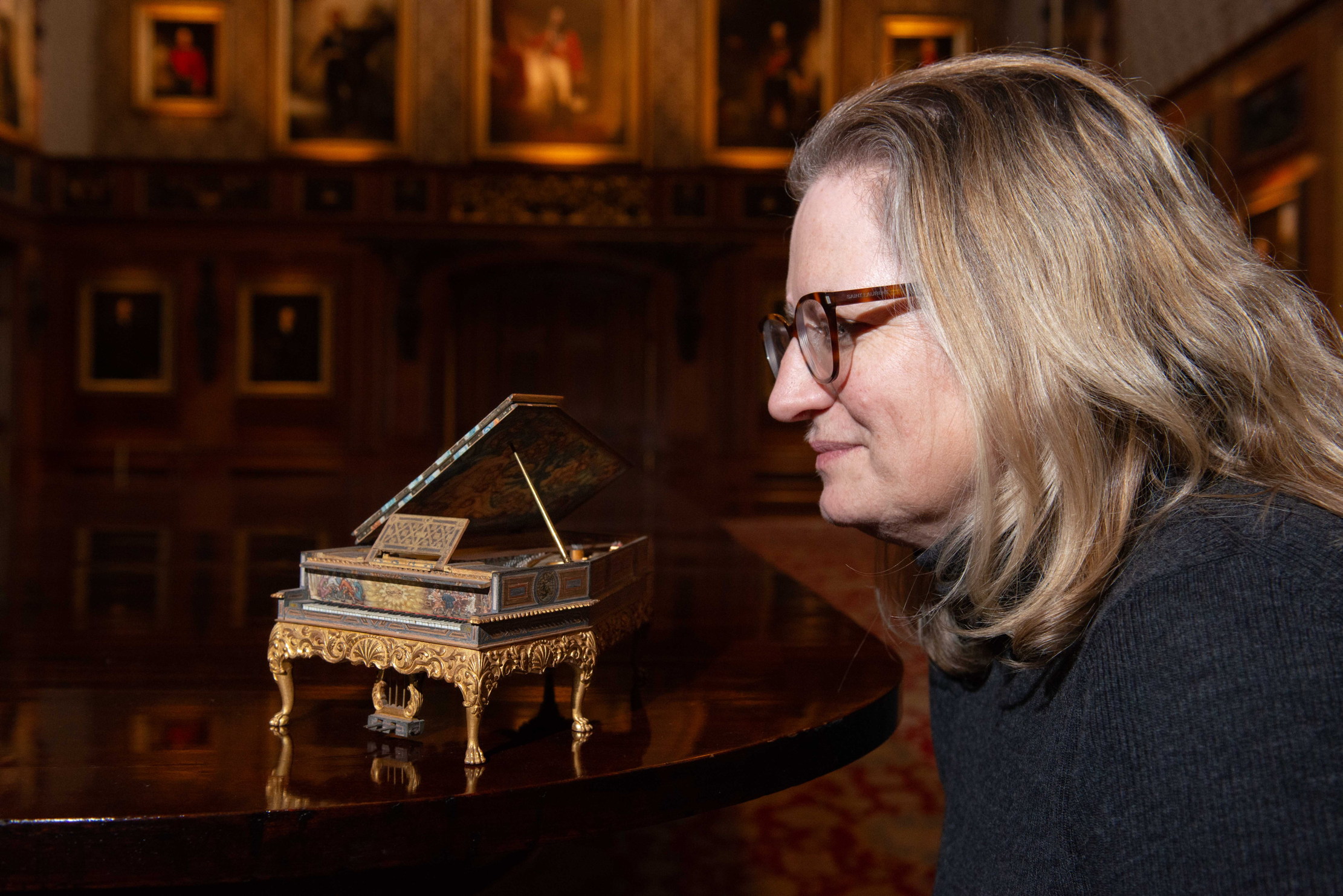
‘How many London residences, even in Berkeley Square and Park Lane, have a library consisting of two hundred books written in their authors’ own hands and a collection of over seven hundred watercolours by living artists? I doubt even if you could find the counterpart of these in the real Buckingham Palace,’ wrote E. V. Lucas in 1924 in The Book of the Queen’s Dolls’ House. The same could be said today.
To find out more about Queen Mary's Dolls' House, click here
Sign up for the Country Life Newsletter
Exquisite houses, the beauty of Nature, and how to get the most from your life, straight to your inbox.
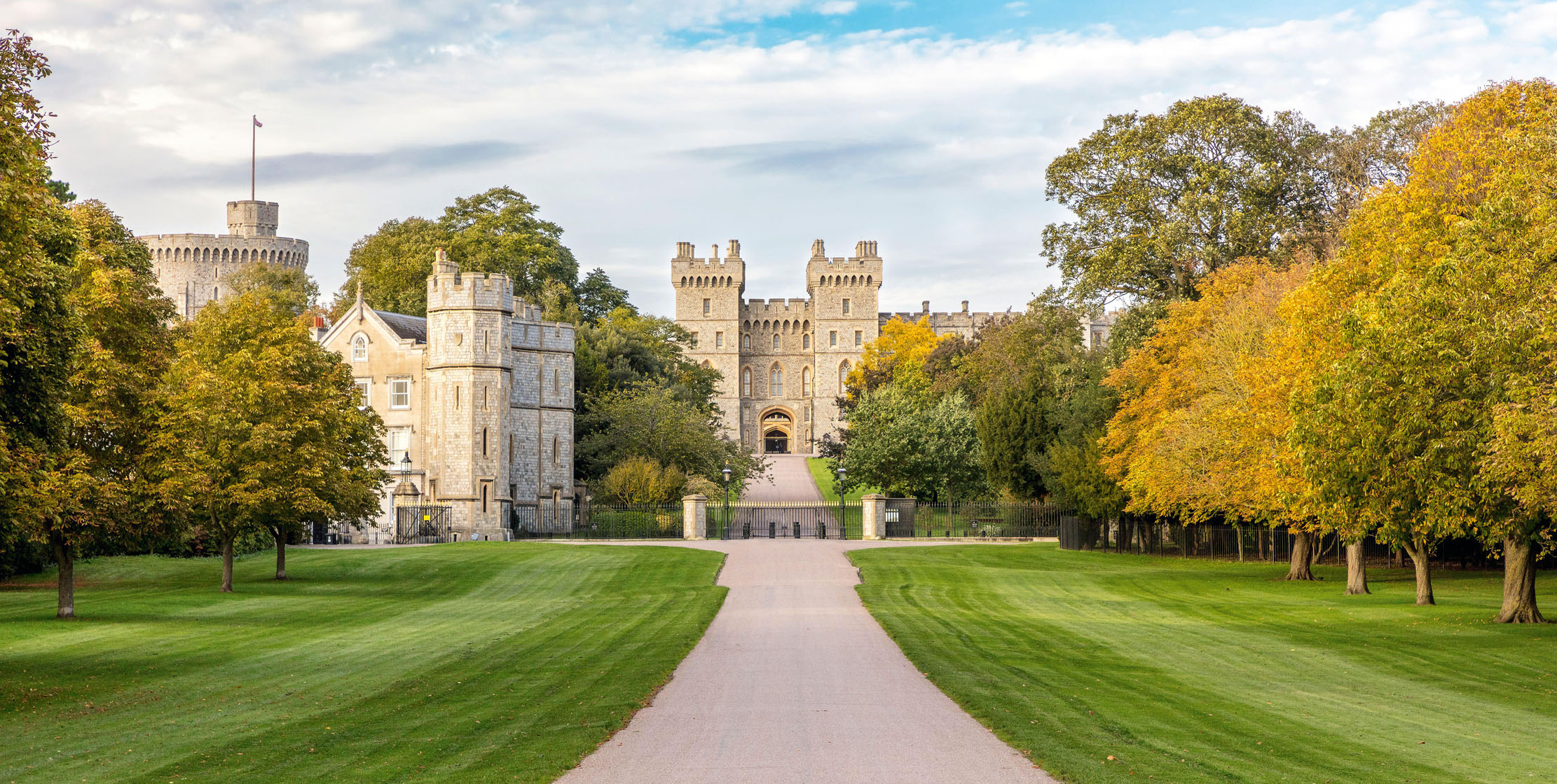
World exclusive: Inside Windsor Castle, by kind permission of the Sovereign
As the new reign begins, John Martin Robinson takes an exclusive look at Windsor Castle, Berkshire — an official residence of
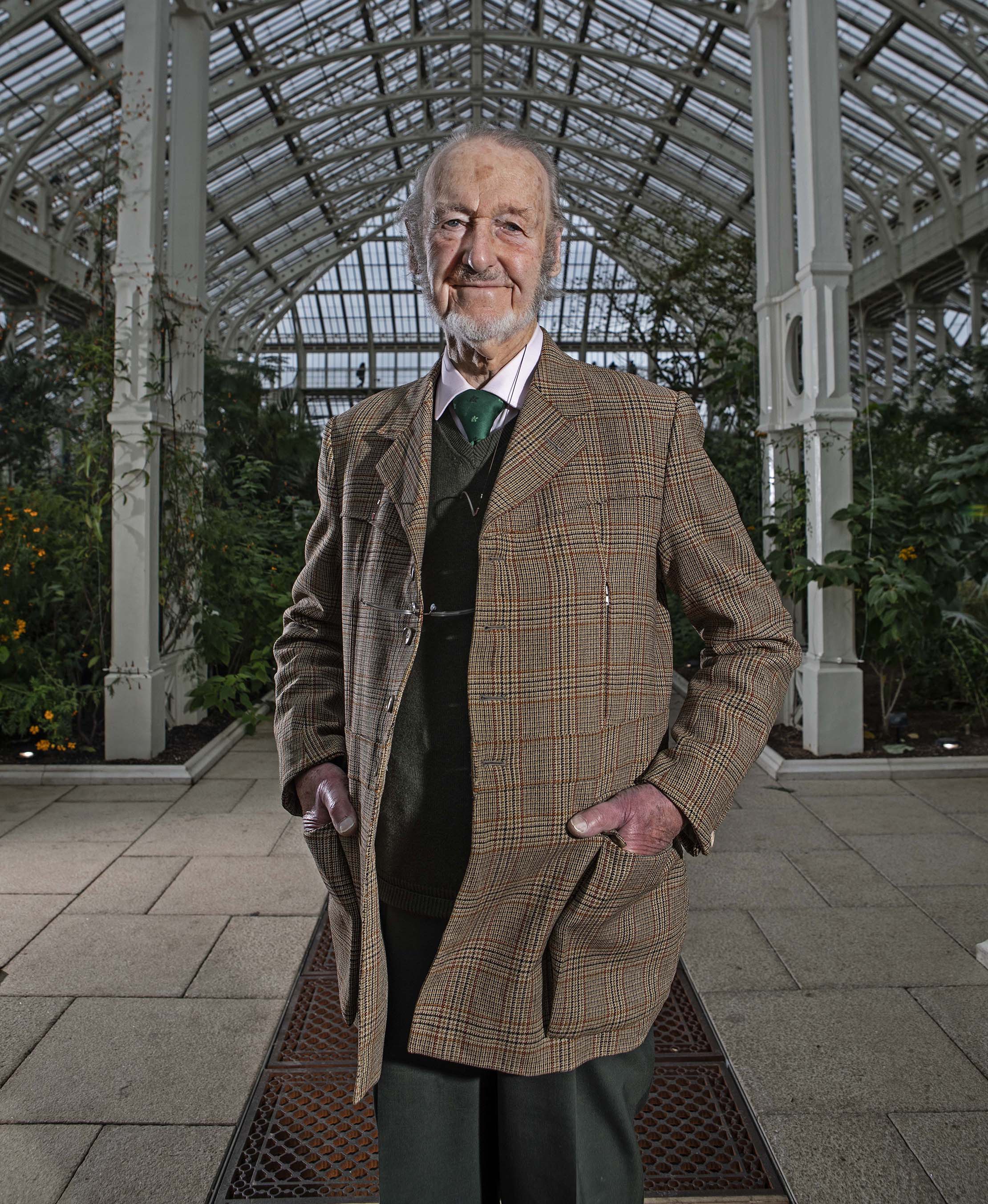
The great architect Donald Insall on saving Windsor Castle, refurbishing Westminster and how buildings change throughout their lives
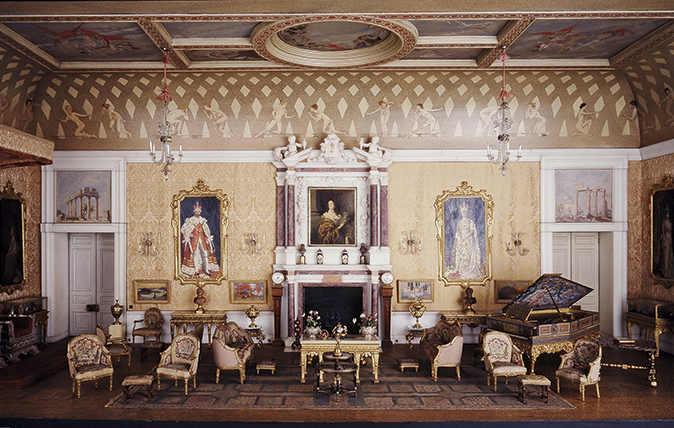
A doll's house fit for a queen: How Lutyens created a Lilliput for Queen Mary
A miniature palace designed by Lutyens and promoted by Country Life offers a fascinating perspective on the 1920s, as Gavin
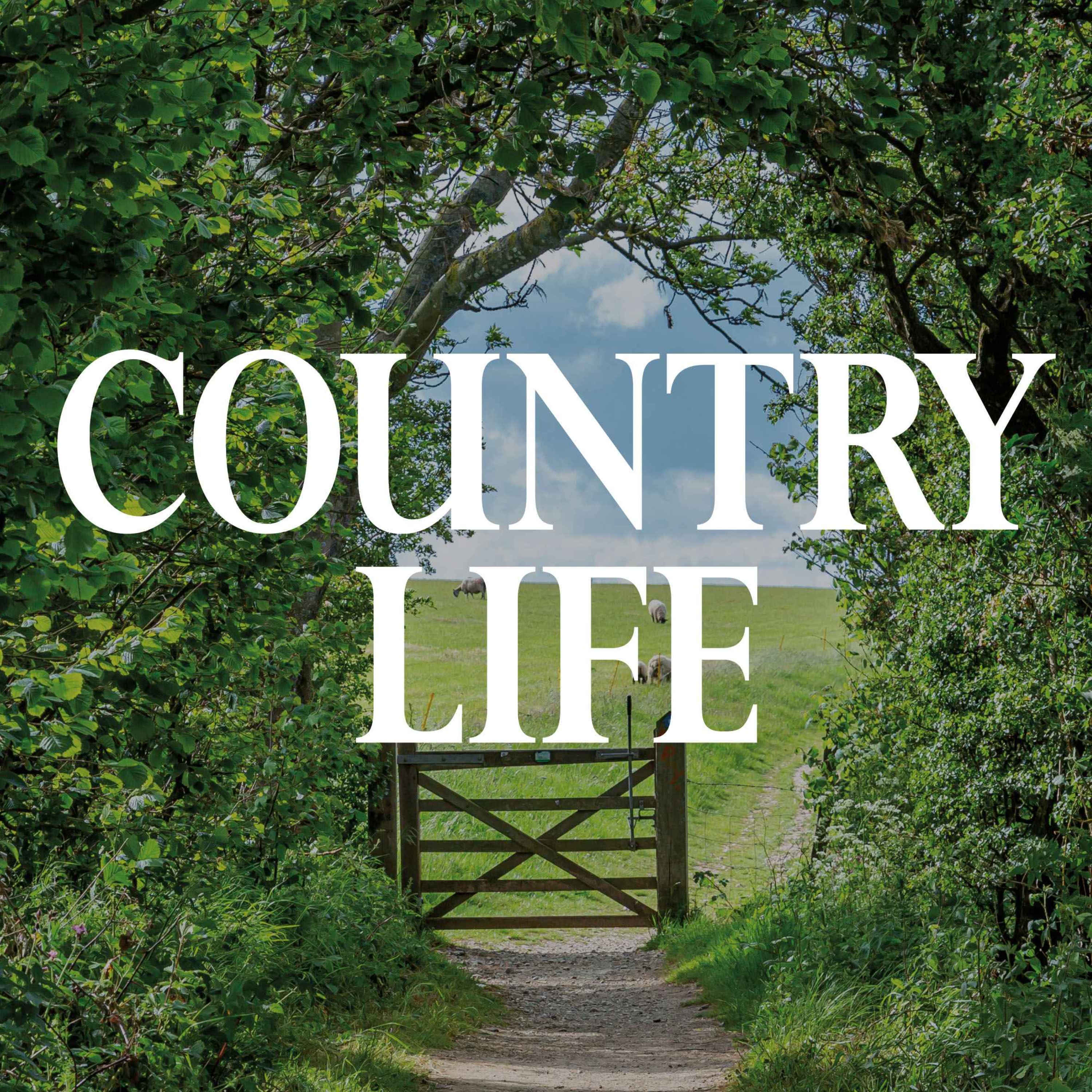
The Country Life Podcast
Listen to all the episodes of the Country Life Podcast.
Annunciata grew up in the wilds of Lancashire and now lives in Hampshire with a husband, two daughters and an awful pug called Parsley. She’s been floating round the Country Life office for more than a decade, her work winning the Property Magazine of the Year Award in 2022 (Property Press Awards). Before that, she had a two-year stint writing ‘all kinds of fiction’ for The Sunday Times Travel Magazine, worked in internal comms for Country Life’s publisher (which has had many names in recent years but was then called IPC Media), and spent another year researching for a historical biographer, whose then primary focus was Graham Greene and John Henry Newman and whose filing system was a collection of wardrobes and chests of drawers filled with torn scraps of paper. During this time, she regularly gave tours of 17th-century Milton Manor, Oxfordshire, which may or may not have been designed by Inigo Jones, and co-founded a literary, art and music festival, at which Johnny Flynn headlined. When not writing and editing for Country Life, Annunciata is also a director of TIN MAN ART, a contemporary art gallery founded in 2021 by her husband, James Elwes.
-
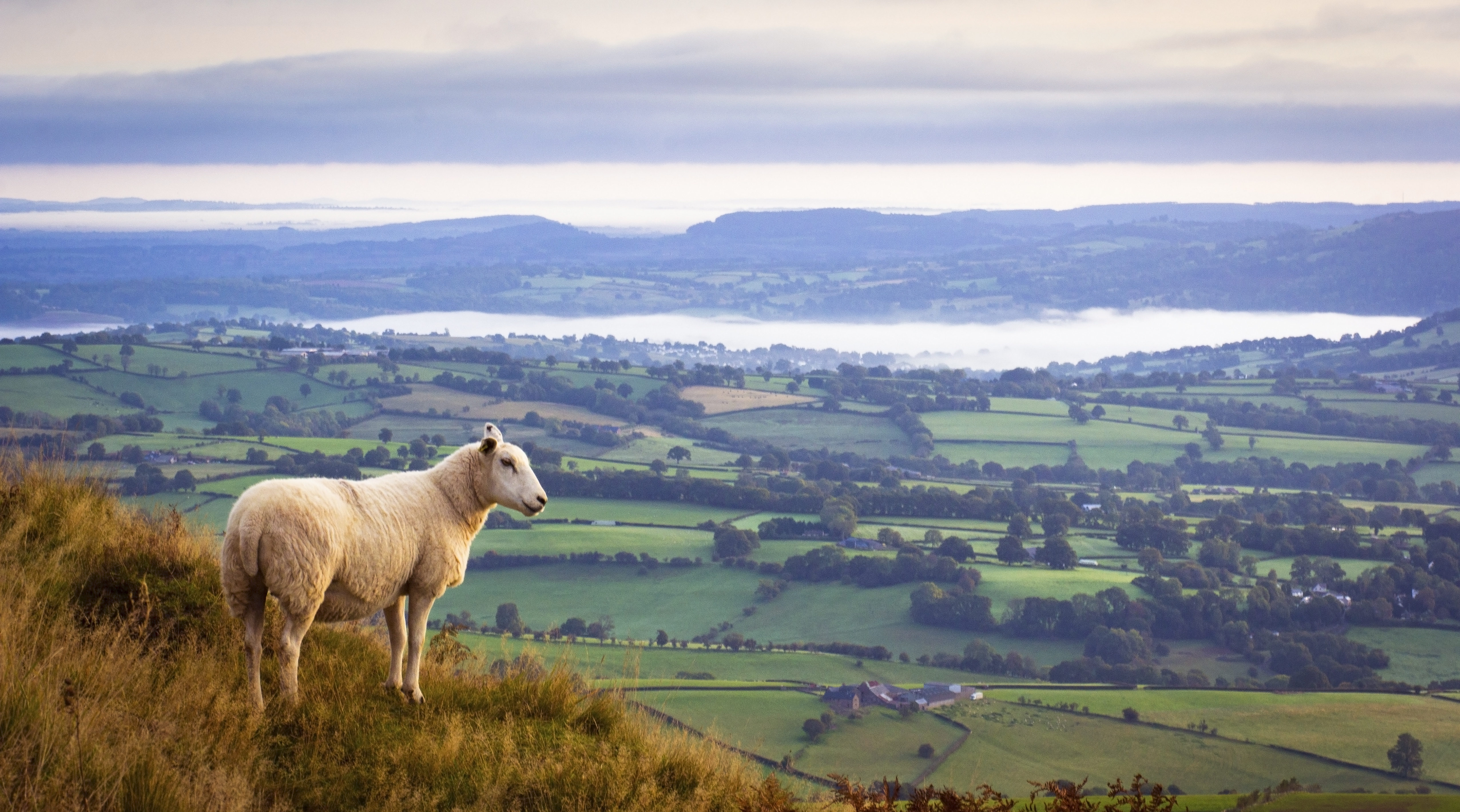 Minette Batters: 'It would be wrong to turn my back on the farming sector in its hour of need'
Minette Batters: 'It would be wrong to turn my back on the farming sector in its hour of need'Minette Batters explains why she's taken a job at Defra, and bemoans the closure of the Sustainable Farming Incentive.
By Minette Batters Published
-
 'This wild stretch of Chilean wasteland gives you what other National Parks cannot — a confounding sense of loneliness': One writer's odyssey to the end of the world
'This wild stretch of Chilean wasteland gives you what other National Parks cannot — a confounding sense of loneliness': One writer's odyssey to the end of the worldWhere else on Earth can you find more than 752,000 acres of splendid isolation? Words and pictures by Luke Abrahams.
By Luke Abrahams Published
-
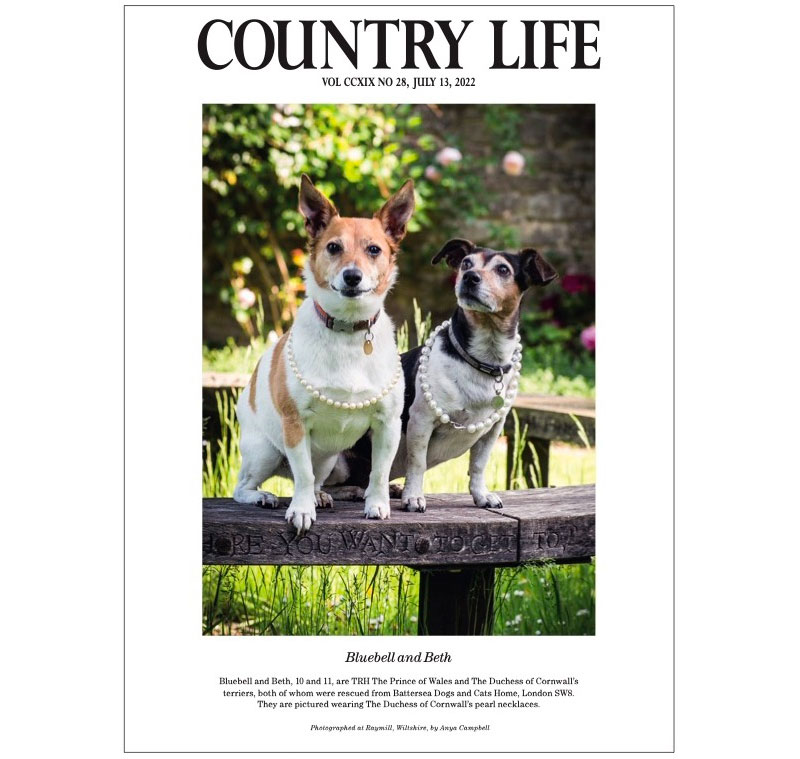 Queen Camilla says 'sad farewell' to her beloved Jack Russell, Beth
Queen Camilla says 'sad farewell' to her beloved Jack Russell, BethHer Majesty Queen Camilla's much-loved Jack Russell terrier Beth has died.
By Toby Keel Published
-
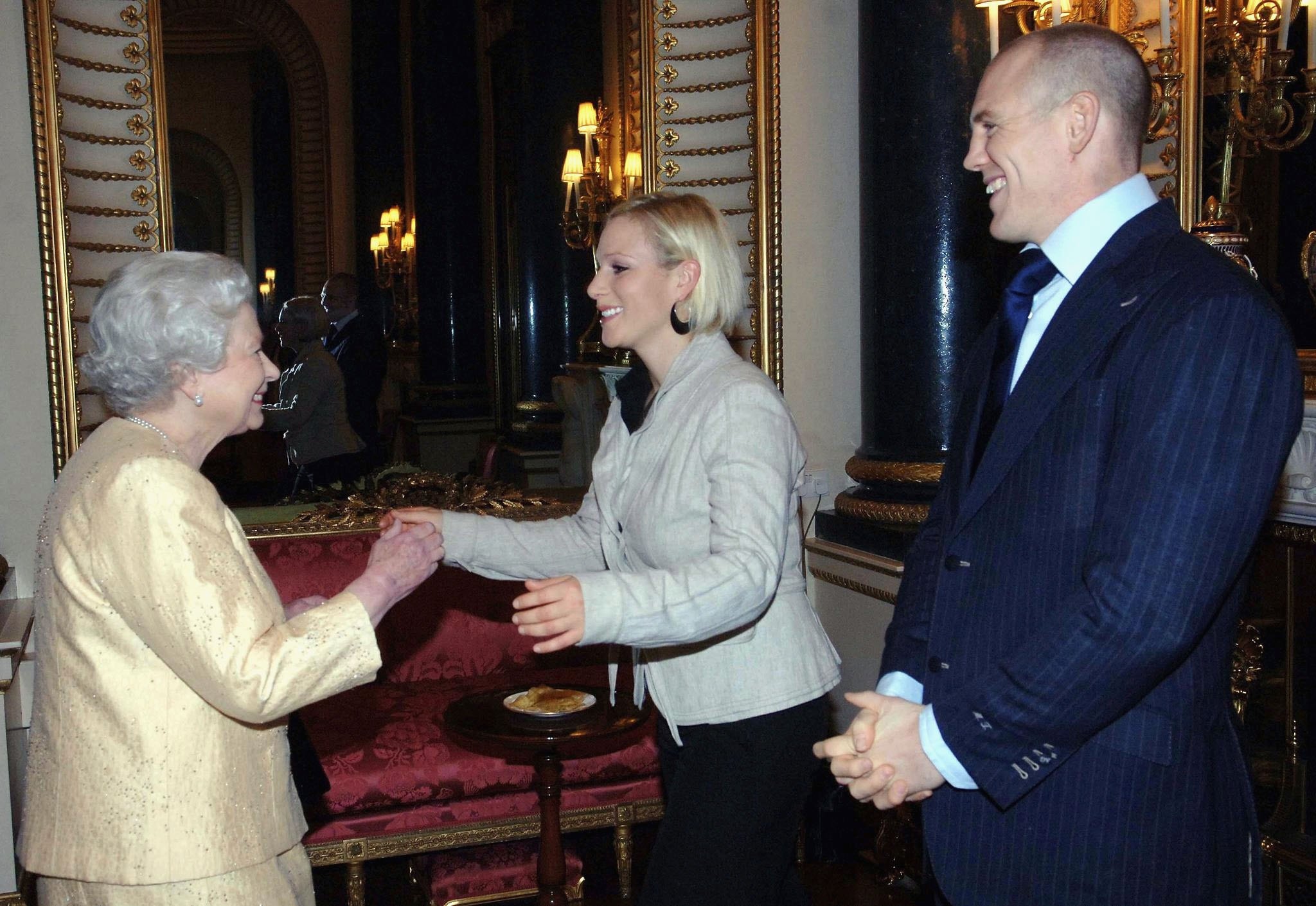 Dawn Chorus: Watching telly with The Queen, the one-bedroom wreck that fetched £2 million and our Quiz of the Day
Dawn Chorus: Watching telly with The Queen, the one-bedroom wreck that fetched £2 million and our Quiz of the DayPlus a Paddington Bear hamper, an ancient tree and a house with a terrifying price tag — it's Friday's Dawn Chorus.
By Toby Keel Published
-
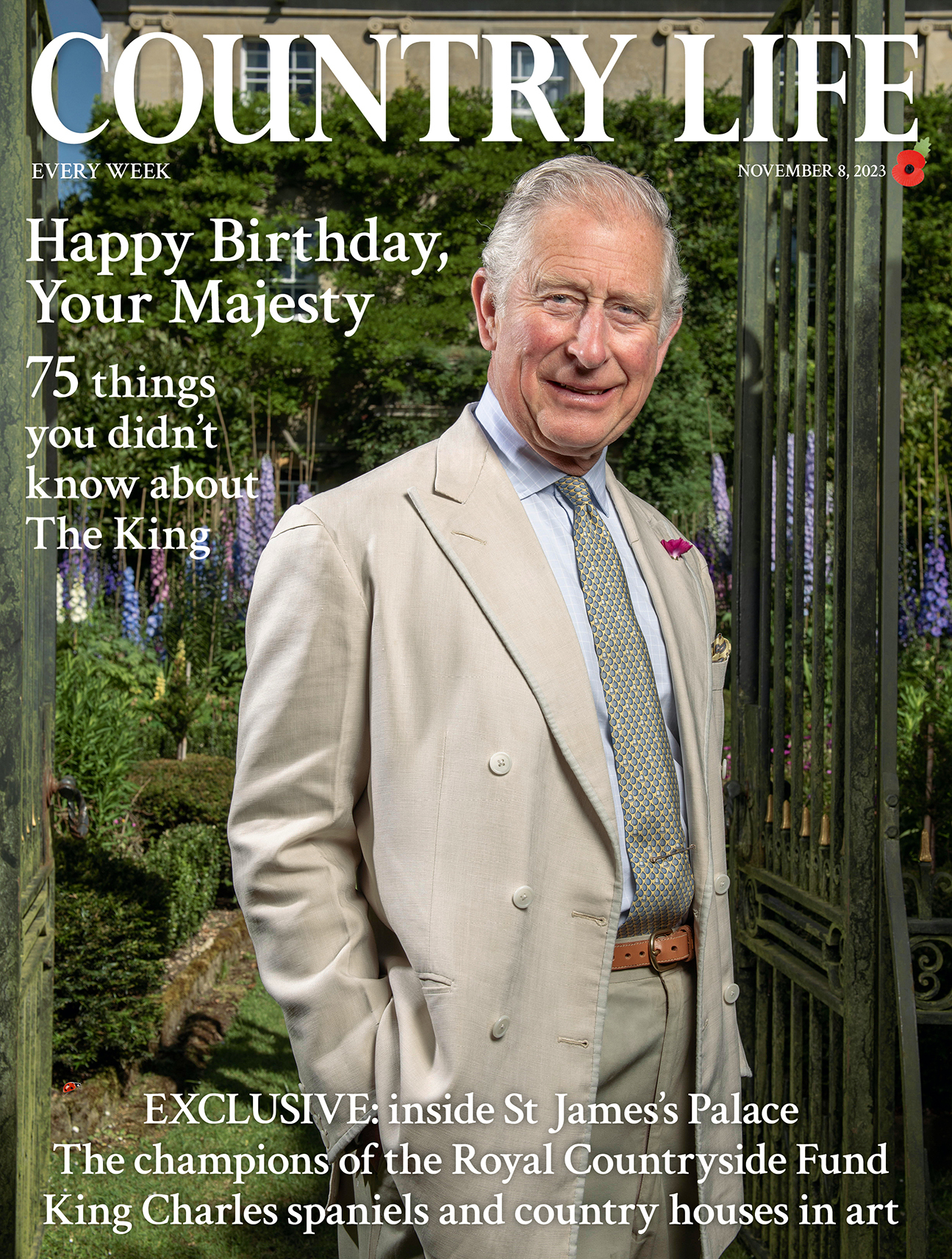 75 things you never knew about King Charles III as he celebrates his 75th birthday
75 things you never knew about King Charles III as he celebrates his 75th birthdayOn The King’s big day, Amie Elizabeth White reveals 75 things you might not know about our monarch.
By Amie-Elizabeth White Published
-
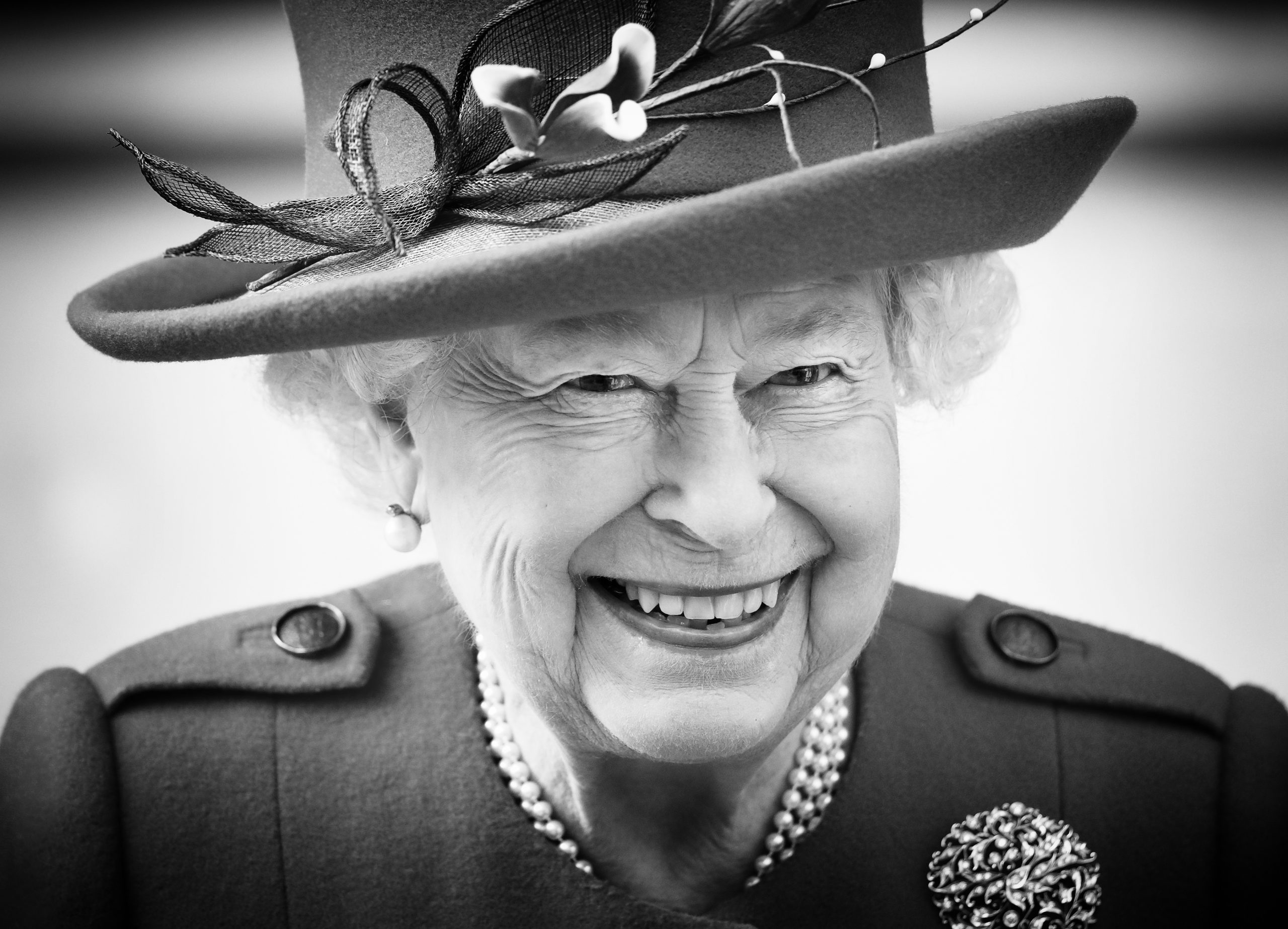 Remembering Her Majesty Queen Elizabeth II, one year on
Remembering Her Majesty Queen Elizabeth II, one year onA year on from the death of Queen Elizabeth II, we remember the late monarch.
By Country Life Published
-
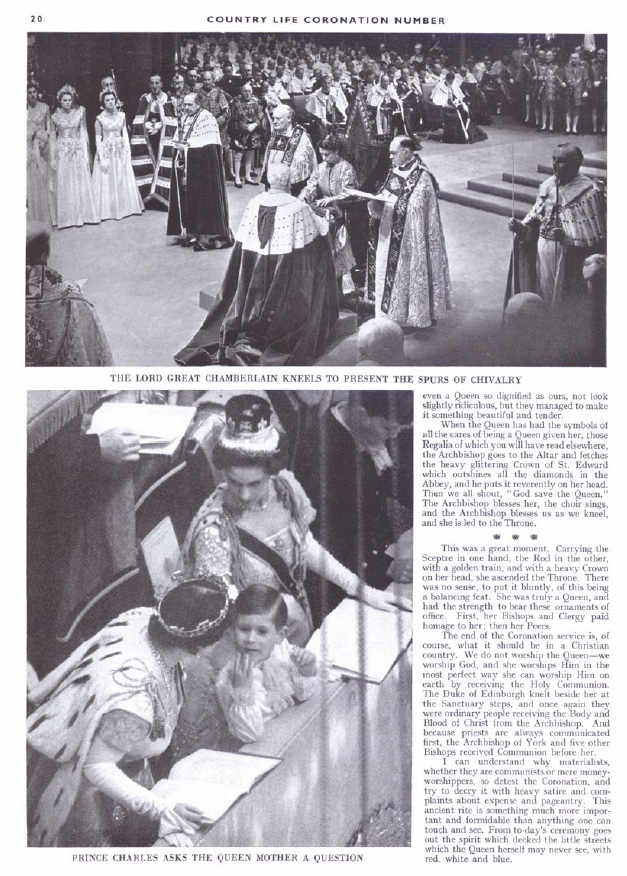 What it's like to have a prime seat at a Royal Coronation by John Betjeman, who reported for Country Life in 1953
What it's like to have a prime seat at a Royal Coronation by John Betjeman, who reported for Country Life in 1953The late, great Poet Laureate John Betjeman was among the congregation when Her Majesty Queen Elizabeth II was crowned in 1953 — and he wrote about it for Country Life. We're very proud to reproduce that article now — The Queen's Coronation: In The Abbey by John Betjeman.
By John Betjeman Published
-
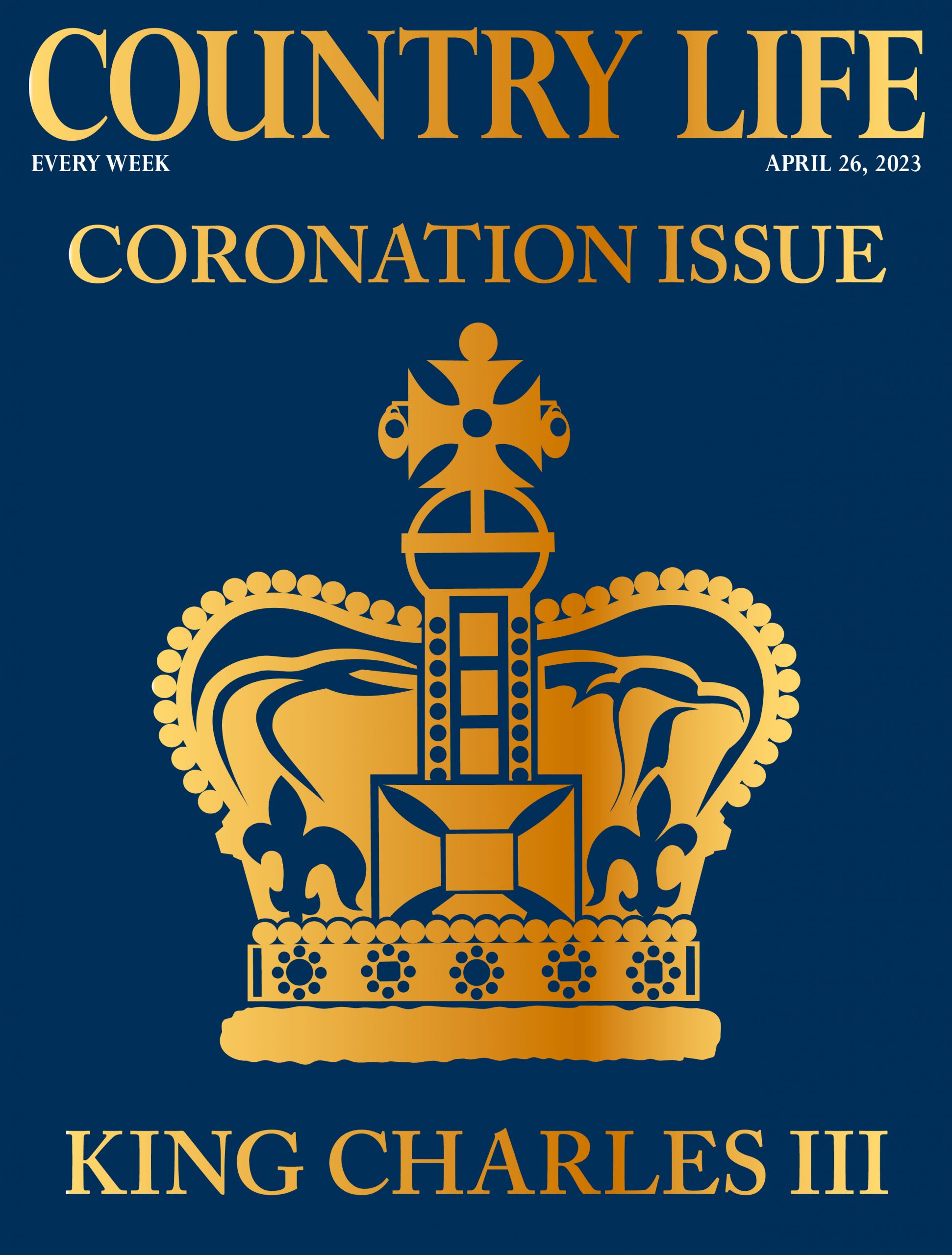 The coronation of King Charles III: What you'll find inside Country Life's 350-page commemorative issue
The coronation of King Charles III: What you'll find inside Country Life's 350-page commemorative issueCountry Life 26 April 2023 commemorates the coronation of King Charles III with an extraordinary issue of over 350 pages paying tribute to the monarch.
By Country Life Published
-
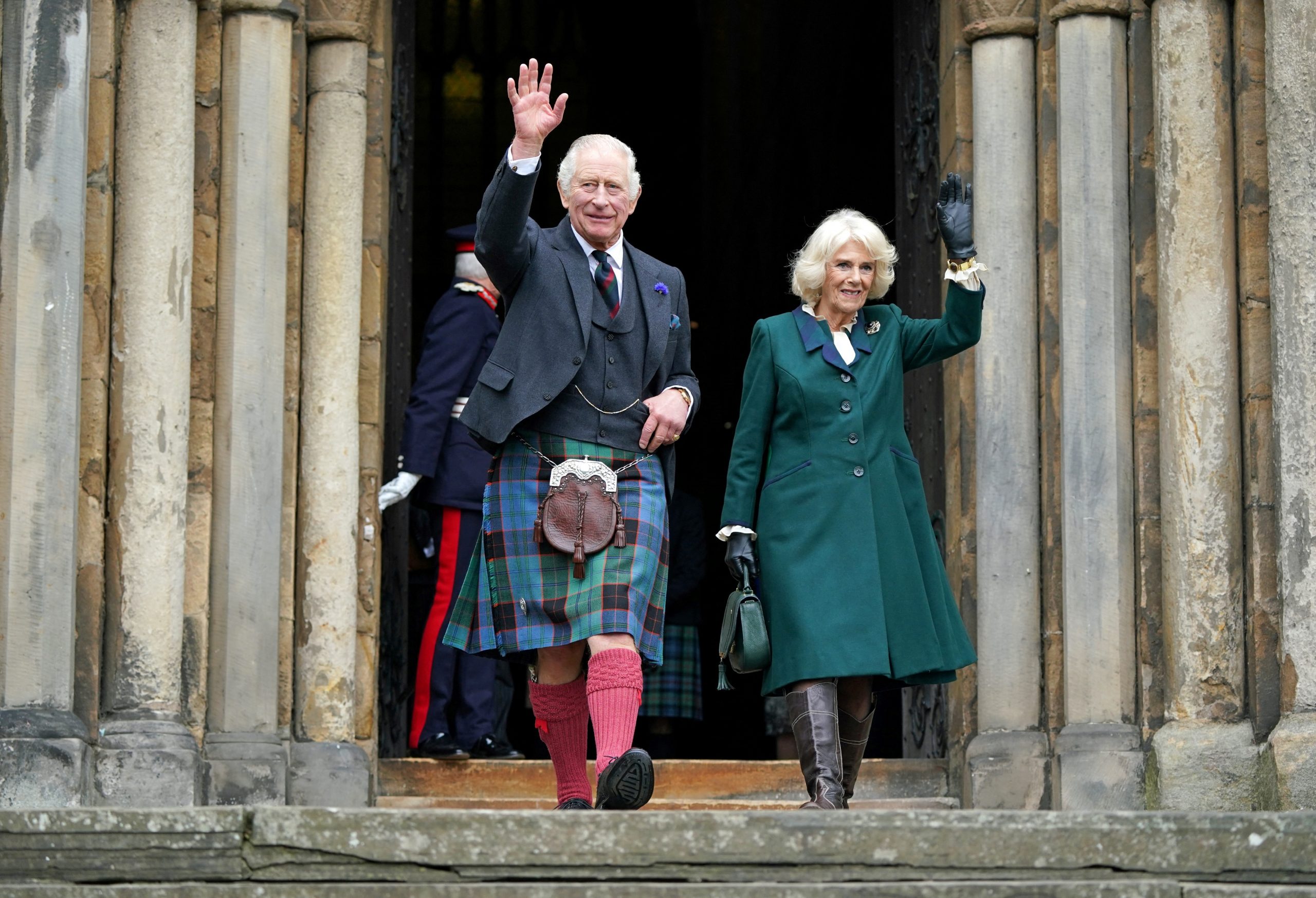 Country Life's forthcoming special issue on King Charles III
Country Life's forthcoming special issue on King Charles IIICountry Life's forthcoming issue on November 9th, 2022, will take an in-depth look at His Majesty The King.
By Toby Keel Published
-
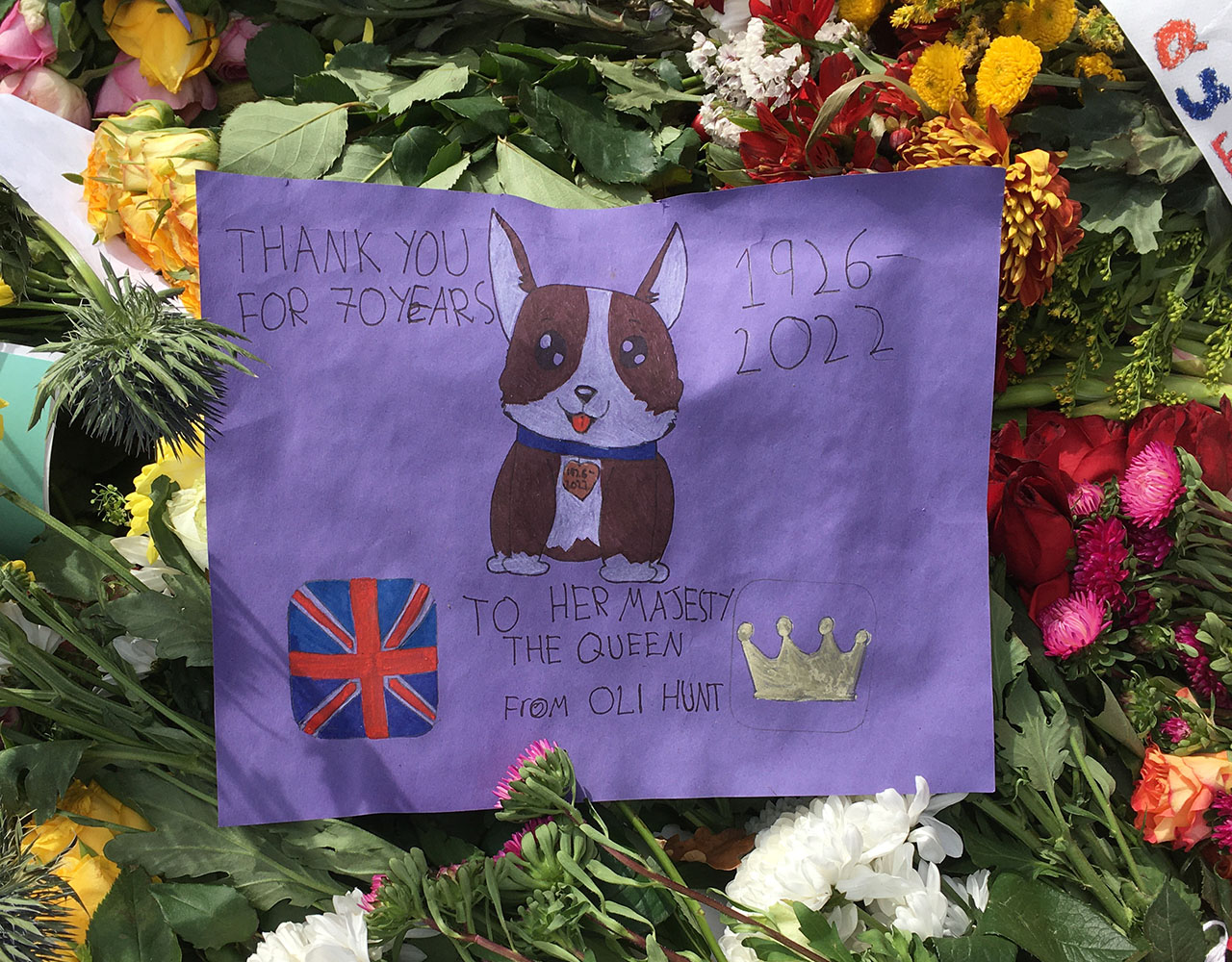 The flowers and pictures left in tribute to Her Majesty The Queen
The flowers and pictures left in tribute to Her Majesty The QueenLiterally millions of flowers and other tributes have been laid out around the country in honour of The Queen — here are just a few of them.
By Toby Keel Published